The following are HOT articles, as recommened by the reviewers of the articles. These have all been made free to access until 24th October:
Structure-based approaches towards identification of fragments for the low-druggability ATAD2 bromodomain
Apirat Chaikuad, Andrew M. Petros, Oleg Fedorov, Jing Xu and Stefan Knapp
Med. Chem. Commun., DOI: 10.1039/C4MD00237G, Concise Article
From themed collection Epigenetics
Gold compounds as aquaporin inhibitors: new opportunities for therapy and imaging
Andreia de Almeida, Graça Soveral and Angela Casini
Med. Chem. Commun., DOI: 10.1039/C4MD00265B, Review Article
A novel surface-coated nanocarrier for efficient encapsulation and delivery of camptothecin to cells
Rie Wakabayashi, Ryutaro Ishiyama, Noriho Kamiya and Masahiro Goto
Med. Chem. Commun., DOI: 10.1039/C4MD00179F, Concise Article
From themed collection In celebration of Seiji Shinkai’s 70th Birthday
Peptide HIV fusion inhibitors: modifications and conjugations
Wei Liu, Jianjun Tan, Mohammadreza Mohammadzad Mehryar, Zhiping Teng and Yi Zeng
Med. Chem. Commun., 2014, Advance Article
DOI: 10.1039/C4MD00214H, Review Article
3,5-Diamino-1,2,4-triazoles as a novel scaffold for potent, reversible LSD1 (KDM1A) inhibitors
Craig J. Kutz, Steven L. Holshouser, Ethan A. Marrow and Patrick M. Woster
Med. Chem. Commun., 2014, Advance Article
DOI: 10.1039/C4MD00283K, Concise Article
From themed collection Epigenetics


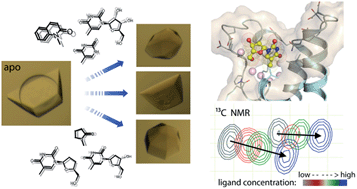
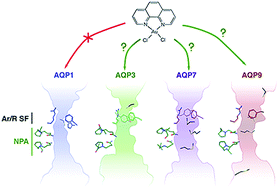
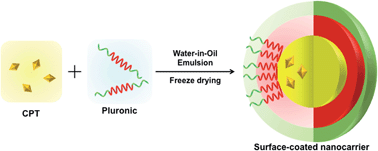

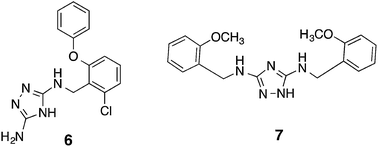











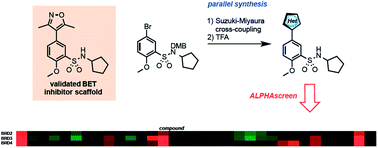
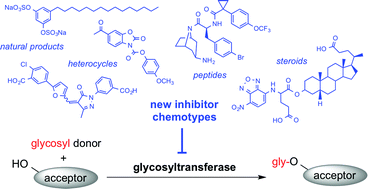
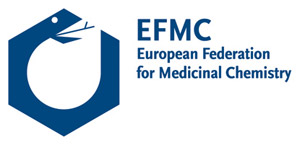 Awards
Awards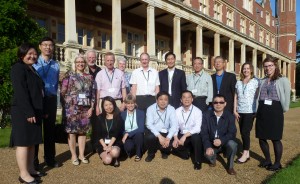


![AP39 a novel mitochondria-targeted H2S donor molecule AP39 [(10-oxo-10-(4-(3-thioxo-3H-1,2-dithiol-5-yl)- phenoxy)decyl)triphenylphosphonium bromide] a mitochondria-targeted hydrogen sulfide donor](http://pubs.rsc.org/services/images/RSCpubs.ePlatform.Service.FreeContent.ImageService.svc/ImageService/image/GA?id=C3MD00323J)